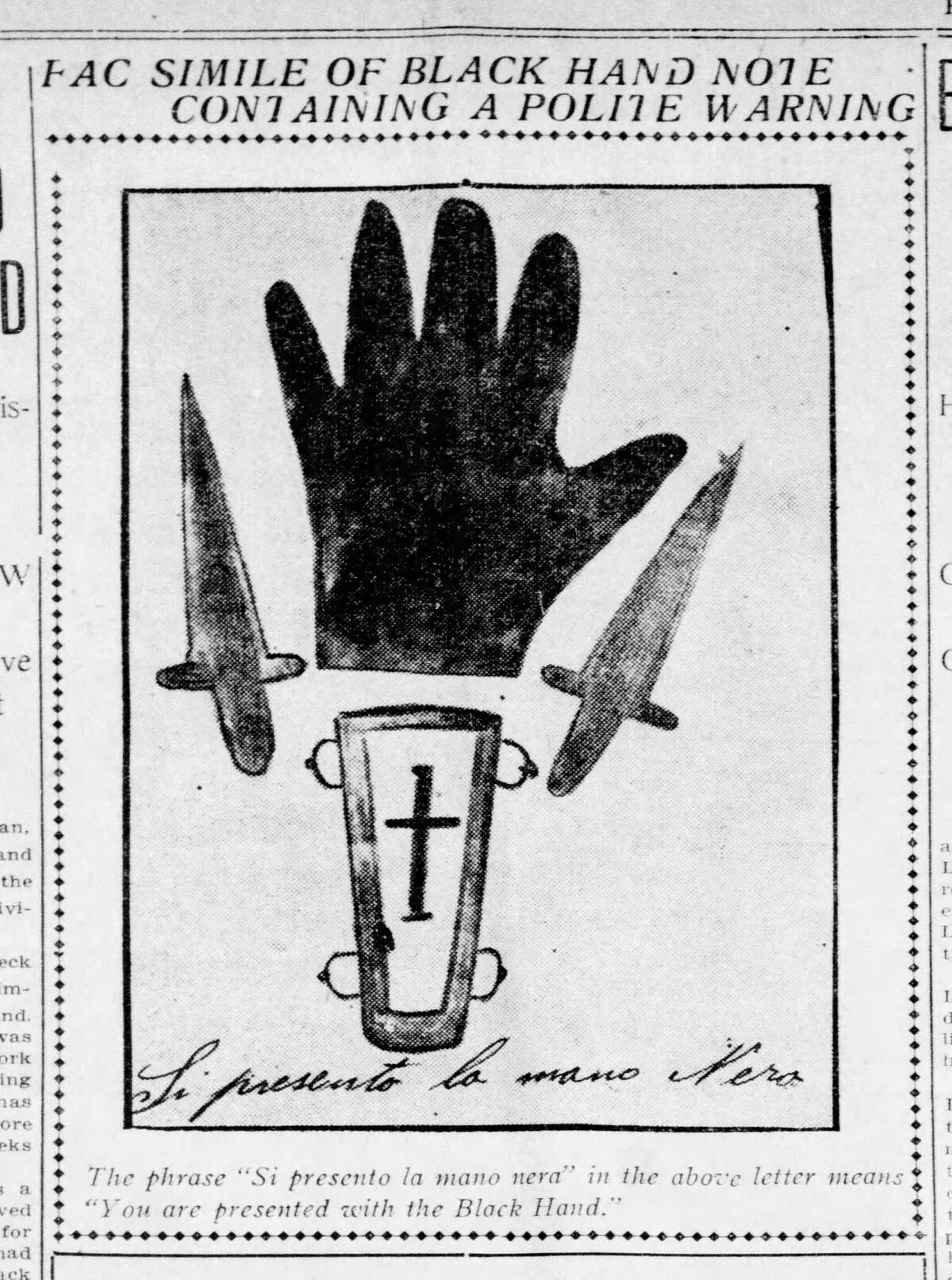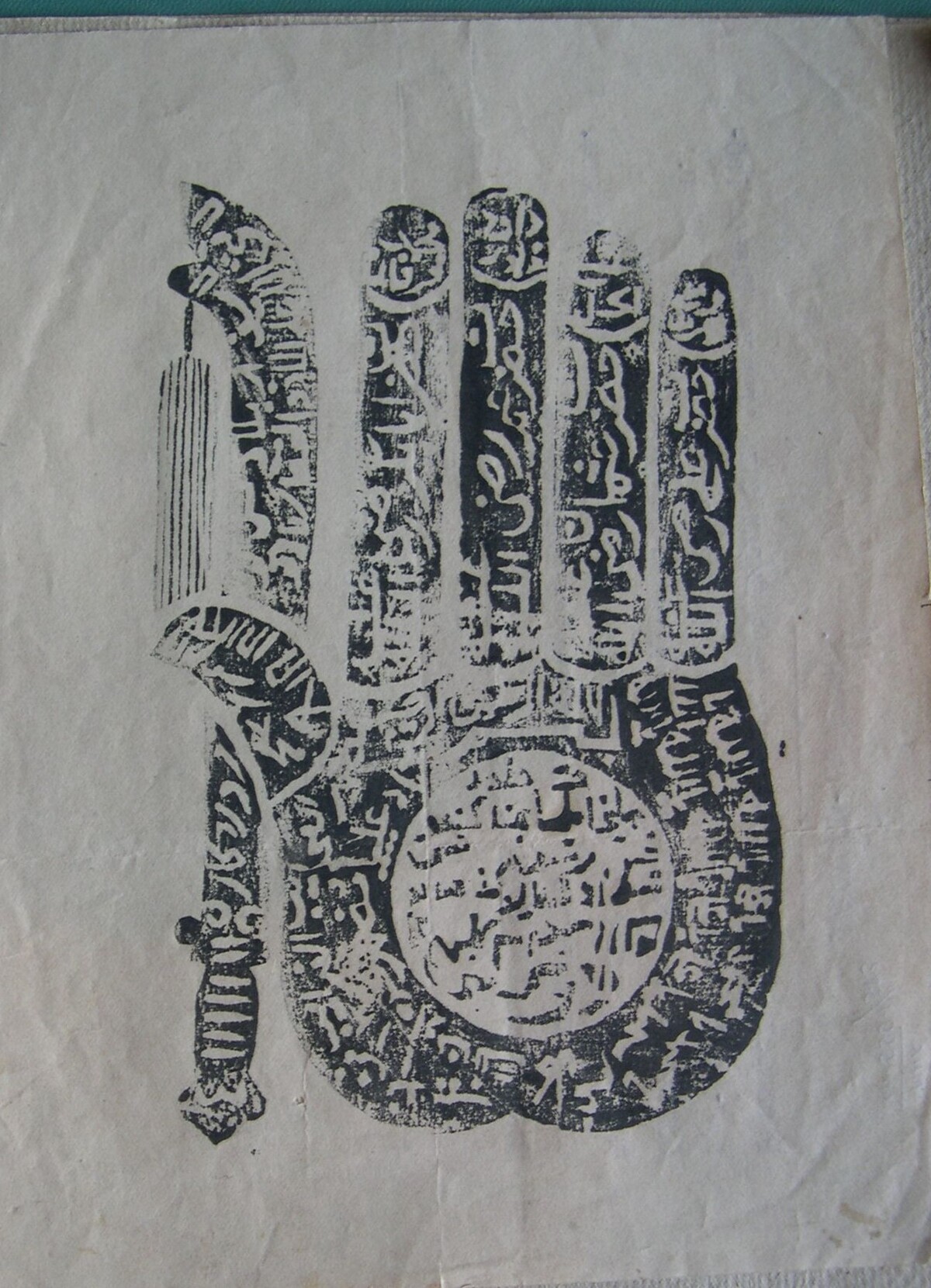by Paolo Sartori, Vienna, ÖAW


Parading thuggery, barrels of whiskey, and tweed jackets in equal measure, Peaky Blinders is one among many a BBC series of global acclaim that keeps hovering on our laptops at night. It tells the perilous trajectory of a family of English Gypsies (the Shelbys) who make it to the House of Lords from the slums of Birmingham through an endless string of street fights, horse races, and erotic exploits. It also features a memorable soundtrack with Anna Calvi’s abrasive, dreamy guitar.
Peaky Blinders also comes with a plethora of ethnic stereotypes. Take this episode, for example: a band of Mafiosi headed by one Luca Changretta has travelled from New York to the UK to avenge their father murdered in cold blood by the Shelby brothers. A caricature of the Italian mobsters, the Changrettas embody many of the common places about Mafiosi in America with which we have become all too familiar: they dress in fine tailored suits, endlessly chew sticks, and speak in a kooky accent. But the encounter between the Shelbys and the Changrettas isn’t just about vendetta. Showing a penchant for history, the script says that the Mafiosi warned their enemies by ‘serving a black hand,’ i.e., a Christmas card with a black handprint delivered per regular mail. The choice of the black-hand story is a rather artful twist of things, for it makes the gruesome mobsters from New York look like gentlemen of an older age, who throw a gauntlet at their enemies’ feet before a duel. Peaky Blinders didn’t make anything up, however: delivering the black hand was a well-known threatening method employed by Camorra’s members for purposes of extortion; and the image of the black hand has terrorized many between Southern Italy and the United States.
But there is another black hand which was made to cause terror. In the early morning of May 18th 1898 a group of men gathered around a Sufi master known as Dukchi Eshon attacked a Russian military garrison in the city of Andijan in the Fergana valley, a prompt for a holy war against Tsardom. Dukchi Eshon and his men left behind 22 Russian soldiers dead, a bloodshed which unleashed shockwaves along the deep sinews of the empire. The rebels were soon apprehended, however: several were hanged and hundreds exiled to Siberia. The Andijan uprising is a well-told story and one which has produced some robust historiography showing, among other things, how Russians exploited this act of rebellion to concoct the idea of a pan-Islamic plot designed to undermine the integrity of the empire.[1] As the story goes, a disciple of Dukchi Eshon was found with a diploma (irshād-nāma) stamped with the monogram of none other than the Ottoman ruler Abdulhamid II, which appointed the Eshon as the successor (khalfa) of the Sultan in a line of spiritual transmission.[2] The connection with the Sublime Porte was further certified by the philological expertise of two Orientalists at the service of the Tsarist regime in Turkestan: Alexander Schmidt[3] and Nikolai Ostroumov.[4]
In fact, the text was a forgery,[5] and with the Caliph out of the way, the story of the purported pan-Islamic plot leading to the 1898 rebellion against the Russians usually stops here; but it is precisely at this point where the story of the ‘black hand’ comes into play. A Soviet-era collection of records tells us that the man who delivered the Ottoman diploma to Dukchi Eshon was one Hajji Abdul-Jalil. We know that the document was a fake; but how about Abd al-Jalil? Did he really exist? Our source says that he was a native from Andijan and that as a youngster he left for Mecca (hence the title of Hajji) and that he lived for years in Istanbul. Further we read that
“he traveled to India, then to Yarkand, Khotan, Kashghar and Qulja, and therefrom made his way to Semireche. He then visited Tashkent and in the winter of 1895-1896 he finally appeared in Andijan. Rumors have it that Abdul-Jalil brought a hair from the beard of the prophet Mohammad (muy-i mubarak), and that people began to pay him visit to worship this Muslim relic. Having heard that the [Russian] administration of Andijan was collecting information about him, Abdul-Jalil moved to the district of Margelan, where he lived for some time in the villages of Kuva and Sharikhan […]. Then he disappeared, leaving, it seems, again for Turkey, for he went to Samarkand to board the railway. In the winter of this year, Abdul-Jalil reappeared in this region. He was in Kokand, Margelan and in the village of Kuva, and recently, before the uprising [in Andijan] he settled in Sharikhan. […] Before Ramadan, he [..] handed over to [Dukchi] Eshon a letter and a robe allegedly sent by the Turkish Sultan, on whose behalf he persuaded the Eshon to start a holy war against the Russians.”[6]
Other sources claim that our Abdul-Jalil, who had travelled from Mecca to Fergana on Ottoman and Chinese passports, delivered also a ring and a green flag to Dukchi Eshon as gifts from the Ottoman Sultan.[7] In addition, they mention that Abdul-Jalil was known to have extolled the virtues of the Porte by telling stories about its military prowess. But they do not blame Abdul-Jalil for delivering the Ottoman diploma to Dukchi Eshon, however. So this begs the question: was Abdul-Jalil the product of someone’s fervent imagination, someone who saw Ottoman spies everywhere in Tsarist Turkestan?[8]
The answer has to do with the image of a black hand. Almost 15 years ago in Samarqand, I had the very good fortune to inspect a collection of records lodged at the house of Abram Kalantarov repurposed into a museum of regional studies (kraevedcheskii musei). Most of those items belonged in fact to the archive of the local Folklore Museum then under reparation and have recently been catalogued by Tom Welsford and Nuryoghdi Toshev.[9] The collection included an interesting record, something I hadn’t seen before in Uzbekistan. It was an amulet, and to my bewilderment, it wasn’t in manuscript form. Most of the amulets we find in private collections are usually prayers and they are handwritten,[10] but this one was printed, a detail which made it unlikely it was a product of local manufacture. It reproduced a Panja, the hand of Fatima, the daughter of the Prophet, accompanied by the image of the Zulfiqar, the sword of Ali ibn Abi Talib, the cousin and son-in-law of the Prophet. These two images are everywhere to be found in the Muslim world, and they do occur from time to time in Central Asian manuscripts, and they are placed therein for apotropaic purposes, i.e., to protect authors and readers from the evil eye.
While the image per se isn’t particularly beautiful, it does attest to a strange phenomenon. Indeed, the accompanying caption on the verso side of the amulet says:
“Leaflet-talisman spread in Central Asia by the British pan-Islamist agent Ishan Abdul-Jalil during the Andijan uprising in 1898. [It attests to] England’s usual method of using pan-Islamic ideas for imperialist purposes and the close link of Islam with imperialism.”
We don’t know who made Fatima’s (black) hand into a pan-Islamic ‘leaflet’ (listovka). Whoever it was, he must have been an egregious ignoramus, for no one in Central Asia would have mistaken that image with a call for jihad against the Russians. Who in his right mind would have read in the names of the Righteous Caliphs sported on the fingers of the panja (or the shahada on the thumb, for that matter) a code for holy war? A clue to this puzzle may be the origin of the amulet: it did not come from the Ottoman Empire, but from the equally threatening British India, says the captions. It is of course true that references to British imperialism are something of a cliché in Soviet historiography. However, the story of Abdul-Jalil the pan-Islamist clearly circulated among the desks of Tsarist officials, brandished as a weapon for information warfare. Long ago have we learnt that the technology of colonialism was particularly effective not only in distorting and silencing local voices, but also in making enemies where none in fact was in place. The Russians had made enemies, of course, among Muslims within and outside of their empire. However, some officials serving in Central Asia assumed that an uprising of local character wasn’t enough to take those (harsher) measures against Islam which in their minds would suit better their regime. They needed a global pan-Islamist plot and they were ready to make it up if it didn’t exist. But it’s ironic to imagine that a pretentious colonial official one day thought it would be easier to achieve such purposes by printing a panja in the guise of a black hand.
[1] See, for example, B. Babadzhanov, “Andidzhanskoe vosstanie 1898 goda: dervisheskii gazavat ili antikolonial’noe vystuplenie,“ O’zbekiston tarixi (2001/2), pp. 25-30; B. Babadzhanov, “Dukchi Ishan i Andidzhanskoe vosstanie 1898 g.,“ in Podvizhniki islama: kul’t sviatykh i sufizm v Srednei Azii i na Kavkaze, ed. S.N. Abashin and V.O. Bobrovnikov (Moscow: RAN, 2003), p. 251-277; A. Morrison, ““Applied Orientalism” in British India and Tsarist Turkestan,” Comparative Studies in Society and History 61/3 (2009), pp. 619-647; A. Morrison, “Sufism, Pan-Islamism and Information Panic: Nil Sergeevich Lykoshin and the Aftermath of the Andijan Uprising,” Past and Present 214 (2012), pp. 255-304 and relevant bibliography.
[2] Babadzhanov, “Andidzhanskoe vosstanie 1898 goda: dervisheskii gazavat ili antikolonial’noe vystuplenie,“ p. 26.
[3] A Terent’ev, Istoriia zavoevaniia Srednei Azii, s kartami i planami, tom III (St Peterburg: Tipografia V.V. Komarova, 1906), p. 463.
[4] N.P. Ostroumov, “Interesnyi dokument” – Prilozhenie k vypusku No. 1 Vestnik Tashkentskoi shkoly vsotchnykh iazykov pri shtabe Turkestanskogo voennogo okruga [Vyp. 3 88] (Tashkent: 1911).
[5] That the irshād-nāma was forged was first noted by the Russian consul in Kashghar (Petrovskii) who was commissioned an expert opinion on the subject. See Terent’ev, Istoriia zavoevaniia Srednei Azii, p. 465; Babadzhanov, “Andidzhanskoe vosstanie 1898 goda: dervisheskii gazavat ili antikolonial’noe vystuplenie,“ p. 28.
[6] “Andidzhanskoe vosstanie 1898 goda,” Krasnyi Arkhiv 3 (88) (1938), pp. 169-170. This excerpt has appeared also in Hisao Komatsu’s “The Andijan Uprising Reconsidered,” in Muslim Societies: Historical and Comparative Aspects, ed. Sato Tsugitaka (London and New York: Routledge, 2004), pp. 29-61. As repeatedly noted by Bakhtiyar Babajanov, Komatsu appears to lend credibility to the idea of the Ottoman involvement in the rebellion led by Dukchi Eshon.
[7] Terent’ev, Istoriia zavoevaniia Srednei Azii, p. 484; Babadzhanov, “Andidzhanskoe vosstanie 1898 goda: dervisheskii gazavat ili antikolonial’noe vystuplenie,” p. 27.
[8] “It was pretty well perceived by the Russian authorities that agents of Sultan Abdülhamid II were engaged in the secret propaganda for pan-Islamism in Central Asia. […] Abd al-Jalil may have been one of the agents. It seems that the Russian authorities were apt to exaggerate the foreign, namely Ottoman, factors in the Andijan Uprising,” Komatsu, “The Andijan Uprising Reconsidered,” p. 42.
[9]A Catalogue of Arabic-Script Documents from the Samarqand Museum, ed. T. Welsford and N. Tashev (Samarqand: IICAS, 2012).
[10] There are more than 50 prayer amulets in the Catalogue edited by Welsford and Toshev alone.